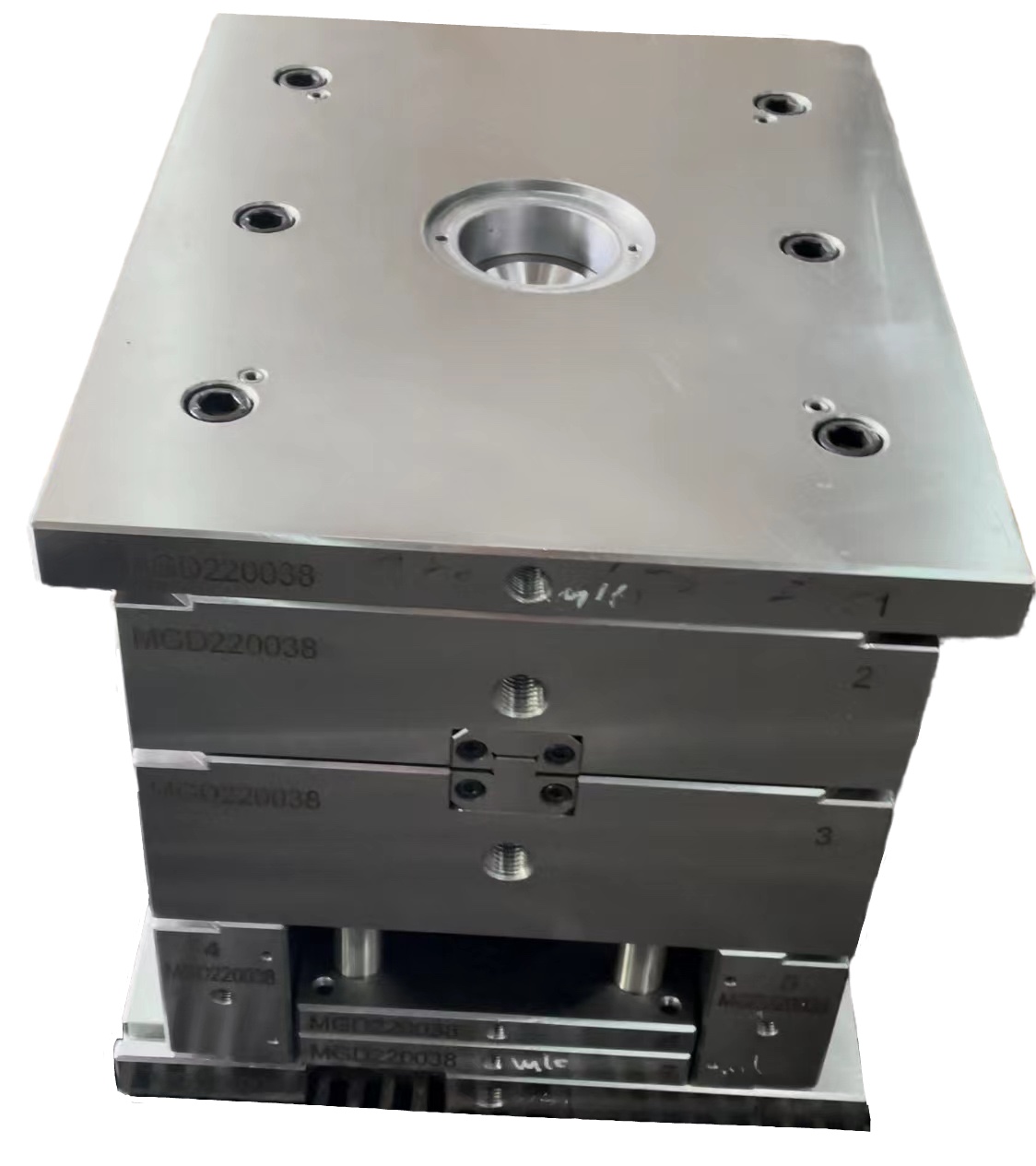Introduction to Mold Base Technology
Mold base technology involves the creation and shaping of molds used in the manufacturing process. These molds are fundamental in the production of various items such as automotive parts, electronic devices, and consumer goods. South Korea, recognized for its advanced manufacturing capabilities, is at the forefront of mold base innovation.
Historical Context and Development
South Korea's manufacturing industry has seen significant evolution over the past decades. Initially dependent on traditional manufacturing methods, the country has gradually integrated modern technologies, enhancing precision and efficiency. This transition has been crucial in maintaining South Korea's competitive edge in the global market.
Recent Innovations in Mold Base Technology
Several key innovations have emerged in recent years, driving the industry forward. These include:
- Advanced Materials: The use of high-performance materials such as hardened steel and alloys has significantly improved mold durability and lifespan.
- Precision Engineering: Enhanced precision in mold design and production, thanks to cutting-edge CNC machines and CAD software, has enabled the manufacturing of complex components with high accuracy.
- 3D Printing Technology: The integration of additive manufacturing techniques has allowed for rapid prototyping and reduced the time required for mold development.
Table: Comparative Analysis of Traditional and Modern Mold Base Technologies
| Feature | Traditional Technology | Modern Technology |
|---|---|---|
| Material | Mild Steel | Hardened Steel, Alloys |
| Precision | Low | High (with CNC and CAD) |
| Development Time | Long | Short (with 3D Printing) |
| Cost | High | Variable (dependent on technology used) |
Impact on South Korea's Manufacturing Industry
The advancements in mold base technology have had a profound impact on South Korea's manufacturing sector. Key benefits include:
- Increased Efficiency: Modern molds have reduced production time, allowing manufacturers to meet high-volume demands quickly and efficiently.
- Improved Product Quality: Higher precision has led to the production of superior quality products, meeting the stringent quality standards of global markets.
- Cost Reduction: By reducing waste and increasing the lifespan of molds, overall production costs have been minimized, benefiting both manufacturers and consumers.
Case Studies: Success Stories
Several South Korean companies have successfully implemented these innovations:
- Company A: By adopting high-performance materials and 3D printing, Company A reduced mold development time by 50% and improved product consistency.
- Company B: Utilizing CNC machines, Company B achieved unprecedented precision in electronic component manufacturing, gaining a competitive edge in the market.
Future Prospects and Challenges
While the future looks promising, several challenges remain. These include:
- Technological Integration: Seamlessly integrating new technologies into existing workflows requires substantial investment and training.
- Cost Considerations: Advanced technologies can be expensive to implement, posing a barrier for smaller companies.
Despite these challenges, ongoing research and development, coupled with governmental support, are expected to drive further advancements.
Conclusion
Innovations in mold base technology are revolutionizing South Korea's manufacturing industry, bringing about improved efficiency, quality, and cost-effectiveness. As these technologies continue to evolve, South Korean manufacturers are likely to maintain their competitive edge in the global market, further solidifying the country's position as a leader in advanced manufacturing.

